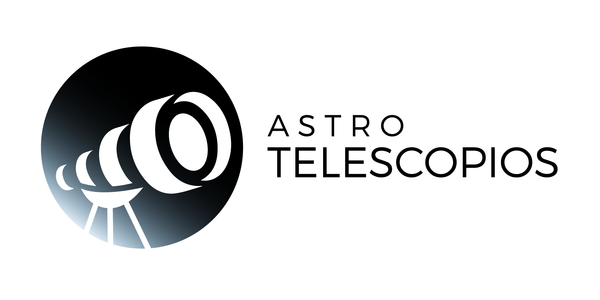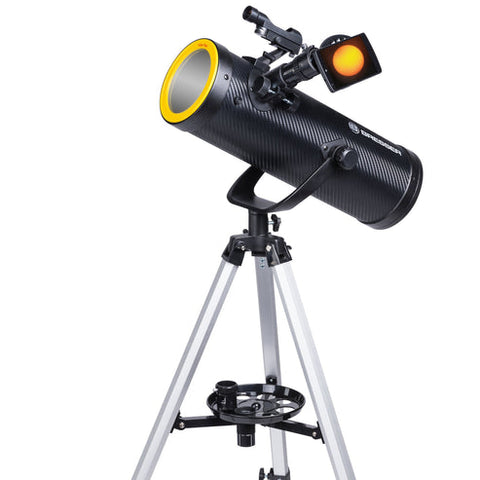
The nova T Coronae Borealis: A celestial spectacle waiting to happen
In a matter of months, astronomers and astronomy fans around the world will be able to witness a rare celestial event: the explosion of the recurring nova T Coronae Borealis (T CrB). This phenomenon, which has only been observed twice in the last 150 years, promises to be a spectacle visible to the naked eye from Earth.
What is a recurrent nova?
Recurring novae are binary stars that undergo periodic explosions. In the case of T CrB, the system is composed of a red giant and a white dwarf. The red giant, at the end of its life, releases gas that is attracted to the white dwarf. This accumulated material heats up and detonates, creating an explosion that greatly increases the brightness of the system.
When and how will the T CrB explosion be observed?
The T CrB explosion is estimated to peak between June and September 2024. During this period, the nova can be observed as a bright new star in the Corona Borealis constellation, visible to the naked eye in dark skies. It is expected to reach a magnitude of around 2, similar to the brightness of North Star.
A unique event to observe and understand the universe
The T CrB explosion offers a unique opportunity to observe and better understand these binary star systems. Astronomers will be able to study the explosion process in detail, as well as the chemical composition of the nova and its environment. In addition, this event will allow astronomy fans to witness a truly extraordinary celestial phenomenon.
Recommendations for observing the T CrB explosion
To observe the T CrB explosion, it is recommended to find a location with dark skies and little light pollution. Starting in June, the nova will be visible to the naked eye as a bright star in the Corona Borealis constellation. The use of binoculars or telescopes will allow you to appreciate additional details of the event.
An event to remember
Without a doubt, the explosion of the T CrB nova will be a memorable event for astronomers and astronomy fans. This celestial spectacle reminds us of the vastness of the universe and the constant evolution of the stars.
Guide to observing the T CrB nova
To observe the T CrB nova, look between the constellations of Hercules and Bootes, where the Corona Borealis constellation is located. It is made up of a semicircle of stars.

Using binoculars or a small telescope with a short focal length will help you get a better experience during the event.
Don't expect a huge burst, unless it happens just when you observe and identify that the star increases in brightness considerably.



